Okra
Shoot and fruit borer
Symptoms of damage
Identification of pest
Egg: Sculptured egg and sky blue in colour
Larva: Brownish with white streaks dorsally and pale yellow ventrally
Adult: Forewing are pale with a wedge shaped green band in the middle
Larva: Brown with dorsum showing a white median longitudinal streak
Pupa: Brown and boat shaped
Adult: Forewing are uniformly silvery green
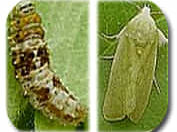
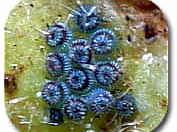
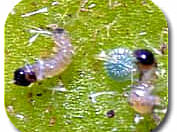
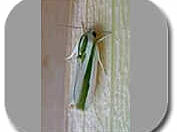
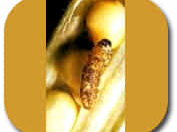

Management
Bhendi fruit borer
Symptoms of damage
Identification of pest
Eggs: Are spherical in shape and creamy white in colour, laid singly
Larva: Shows colour variation from greenish to brown
Pupa: Brown in colour, occurs in soil, leaf, and pod
Adult: Female brownish yellow stout moth, Male is pale greenish in colour with V shaped markings
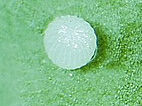
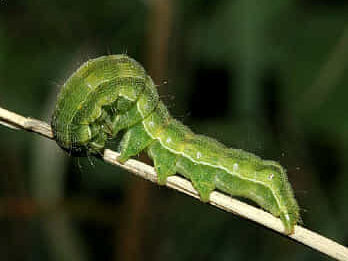
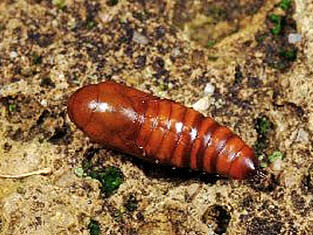
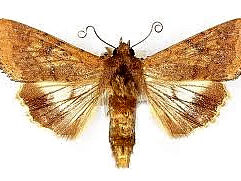


Management
Shoot weevil
Symptoms of damage
Identification of pest
Grubs - creamy yellow, apodous
Adults - dark greyish brown with pale cross bands on elytra
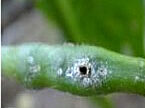
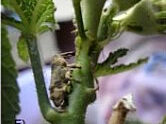




Management
Stem weevil
Symptoms of damage
Identification of pest
Grubs: Creamy yellow, apodous
Adults: Dark greyish brown with pale cross bands on elytra

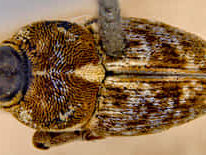

Management
Leaf roller
Symptoms of damage
Identification of pest
Larva: Bright green (glistening) with dark head and prothoracic shield
Adult: moth with yellow wings having brown wavy markings
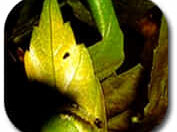

Management
Semilooper
Symptoms of damage
Identification of pest
i) Anomis flava
Larva - Green coloured semi looper, with five longitudinal white stripes
ii) Xanthodes graelsi
Larva – Green coloured Semi looper, with horseshoe markings on each segment
iii) Tarache nitidula
Larva –Green coloured semi looper
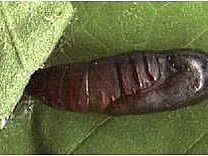


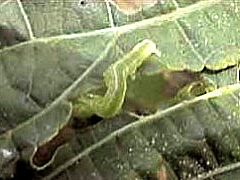

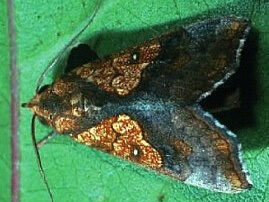
Management
Whitefly
Symptoms of damage
Identification of pest
Nymph: Greenish yellow, oval in outline
Adult: Minute insects with yellow body covered with a white waxy bloom
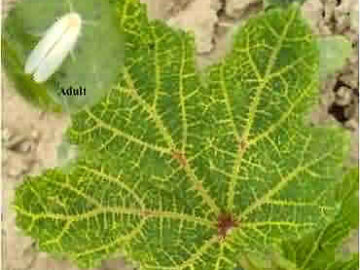
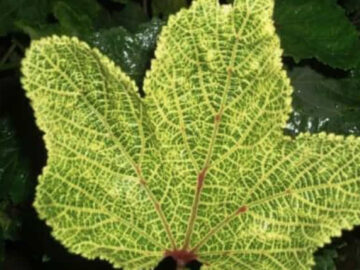
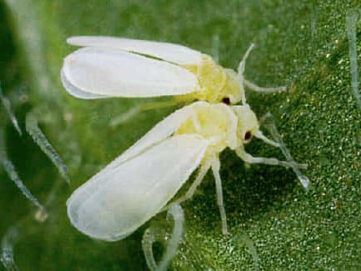
Management
Jassids
Symptoms of damage
Identification of pest
Nymph: Light green, translucent, wingless found between the veins of leaves on the under surface
Adult: Green, wedge shaped leafhopper
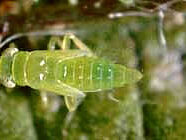
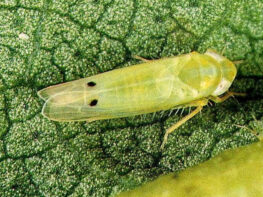
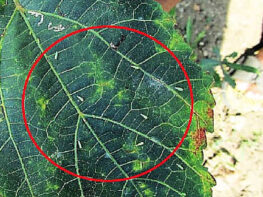

Management
Aphid
Symptoms of damage
Identification of pest
Nymphs: Yellowish or greenish brown found on the undersurface of leaves.
Adults: - are greenish brown, soft bodied and small insects

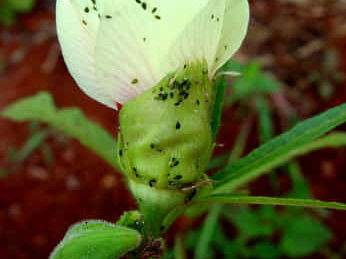
Management
Red cotton bug
Symptoms of damage
Identification of pest
Nymphs and Adults: Reddish bugs with white bands on the abdomen and black markings on the wings

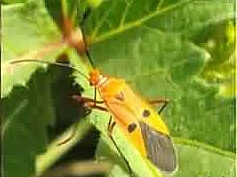
Management
Source: https://agritech.tnau.ac.in/
